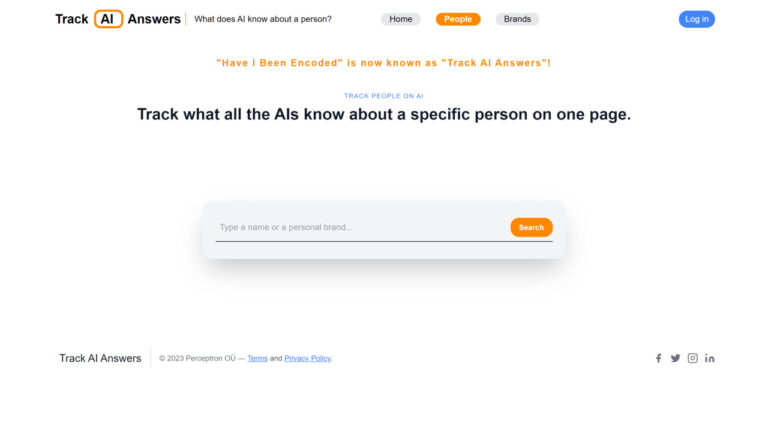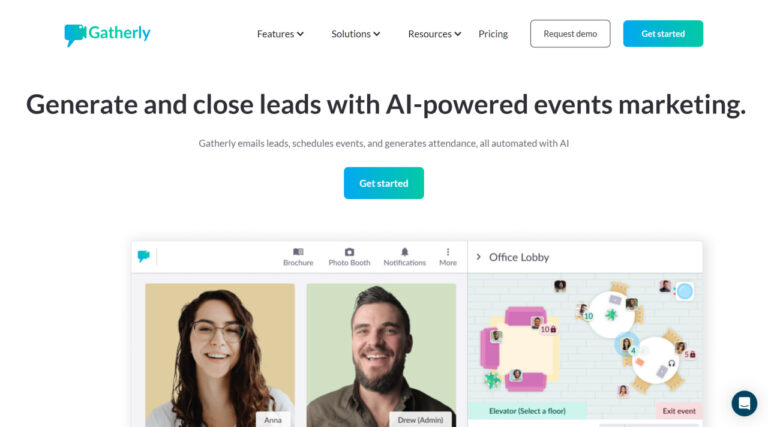DreamFusion is an innovative AI technology developed by Google that combines large AI image models with 3D capabilities to generate high-quality 3D models from text descriptions. It is an evolution of Google’s previous AI system, Dream Fields, which was unveiled in late 2021. DreamFusion takes the concept of 3D synthesis further by leveraging Google’s pre-trained 2D text-image diffusion model, Imagen, to create re-lightable 3D objects with impressive depth and normals based solely on text inputs. This breakthrough eliminates the need for extensive 3D training data, making it a powerful and versatile tool for various applications.
Features:
- AI Image Model Integration: DreamFusion combines Google’s large AI image model, Imagen, with the 3D capabilities of Neural Radiance Fields (NeRFs). This integration allows the AI system to understand text descriptions and generate corresponding 3D models effectively.
- Text-to-3D Synthesis: The core feature of DreamFusion is its ability to convert textual descriptions into high-quality 3D models. By using Imagen’s 2D image generation capabilities and gaze-dependent prompts, the system automatically learns the 3D representation of an object from different perspectives without the need for specific 3D training data.
- High-Quality 3D Objects: DreamFusion’s generated 3D models are re-lightable and have improved depth and normals, resulting in realistic and visually appealing representations of the described objects.
- Exportable 3D Models: The 3D models created by DreamFusion can be exported into meshes using the Marching Cubes algorithm. This export functionality allows users to integrate the generated models into popular 3D rendering and modeling software for further processing and utilization.
Use Cases:
- Content Creation: DreamFusion can be a valuable tool for content creators, artists, and designers who need quick and efficient 3D model generation from textual descriptions. It simplifies the process of bringing ideas to life in the form of 3D objects.
- Architecture and Design: Architects and designers can utilize DreamFusion to create virtual 3D models of buildings and spaces based on written descriptions. This application can streamline the early stages of architectural visualization.
- Game Development: Game developers can benefit from DreamFusion’s ability to generate 3D models directly from game design narratives or scripts, reducing the time and effort required for creating game assets.
- Educational Visualization: DreamFusion can enhance educational materials by converting textual descriptions of historical artifacts, scientific concepts, or complex structures into interactive 3D models, facilitating better understanding and engagement for learners.
DreamFusion represents a significant advancement in AI-driven 3D model generation, as it enables the translation of text into high-quality 3D objects without the need for extensive 3D training data. Its applications span across various industries, including content creation, architecture, gaming, and education, making it a versatile and valuable AI technology.













